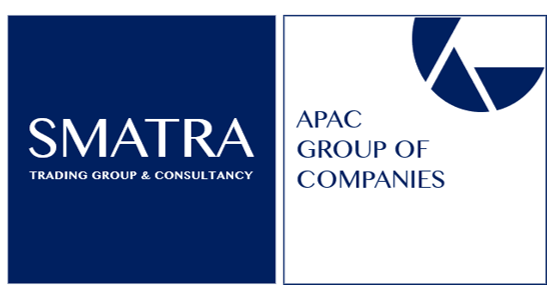Sustainable Product Design
Sustainability is one of the most important elements in business. The world is facing an environmental crisis and for too long it has been ignored by business market leaders. Overall, it takes more effort to change the procurement to a more sustainable process. The first focus of sustainability efforts is often directed at the more immediate and visible factors in operations and procurement. The procurement of companies selects “green” suppliers, research renewable materials for products and packaging, and search for better logistics.
Product Design
A product can quickly turn into an environmentally friendly version if it considers functionality. You can think of it just like a “Swiss Amy Knife” concept where different functions are combined in one product as this reduces the unnecessary development of additional products with similar functions. It is easier said than done but many product design awards already focus on this important aspect.
Reducing Material
Product design should not only use sustainable materials, but it should involve the reduction of the material that is being used for the product itself. Functionality and durability are still key factors in this decision process, but any additional material content should be reconsidered to save resources.
Sustainable Materials
Decisions on sustainable materials are often about choosing the best possible mix of natural, renewable, or recyclable materials. It is important to look at the entire life cycle of the material, from the production process of the material itself, the usage, and disposal of it at the end of its life. The legal requirement of each market will need to be considered in this decision for each material.
Reduce Packaging Materials
Although there are recyclable packaging solutions in the market already, in 8 out of 10 cases the recyclable packaging ends up in the landfill or in the ocean. That makes packaging one of the largest contributors to environmental pollution. There are already various packaging options in the market that can reduce the negative environmental impact and a combination of “green” materials can create an optimal solution for protecting the environment.
Product Stewardship
End-of-life considerations should be part of a sustainable product design process. This concept is can also be called product stewardship or extended producer responsibility. In certain industries and certain fields, this is mandatory. For example, the EU’s Waste Electrical and Electronic Equipment Regulations require manufacturers to provide returned and reprocessed products, including disassembly and separation of various types of materials for recycling or disposal.
Similarly, the EU’s “Restriction of Hazardous Substances Directive” (RoHS) itself also involves the reduction of hazardous substances normally used in electronics and electronic equipment. Being conform with RoHS requirements to test the presence of lead, cadmium, mercury, hexavalent chromium, polybrominated biphenyls, and polybrominated diphenyl ethers.
Big Data & AI
These two elements are relatively new, but both significantly improve efficiency in a sustainable product development process. Firstly, the IT experts need to build a comprehensive database that includes all important data records that are relevant to your industry, secondly, the product management team should define the “green” requirements of the product design process. A well-programmed and comprehensive database can be the perfect tool for a faster & greener product design approach.
For further information please contact us and we can demonstrate our sustainable product development process with the use of Big Data for your business.

